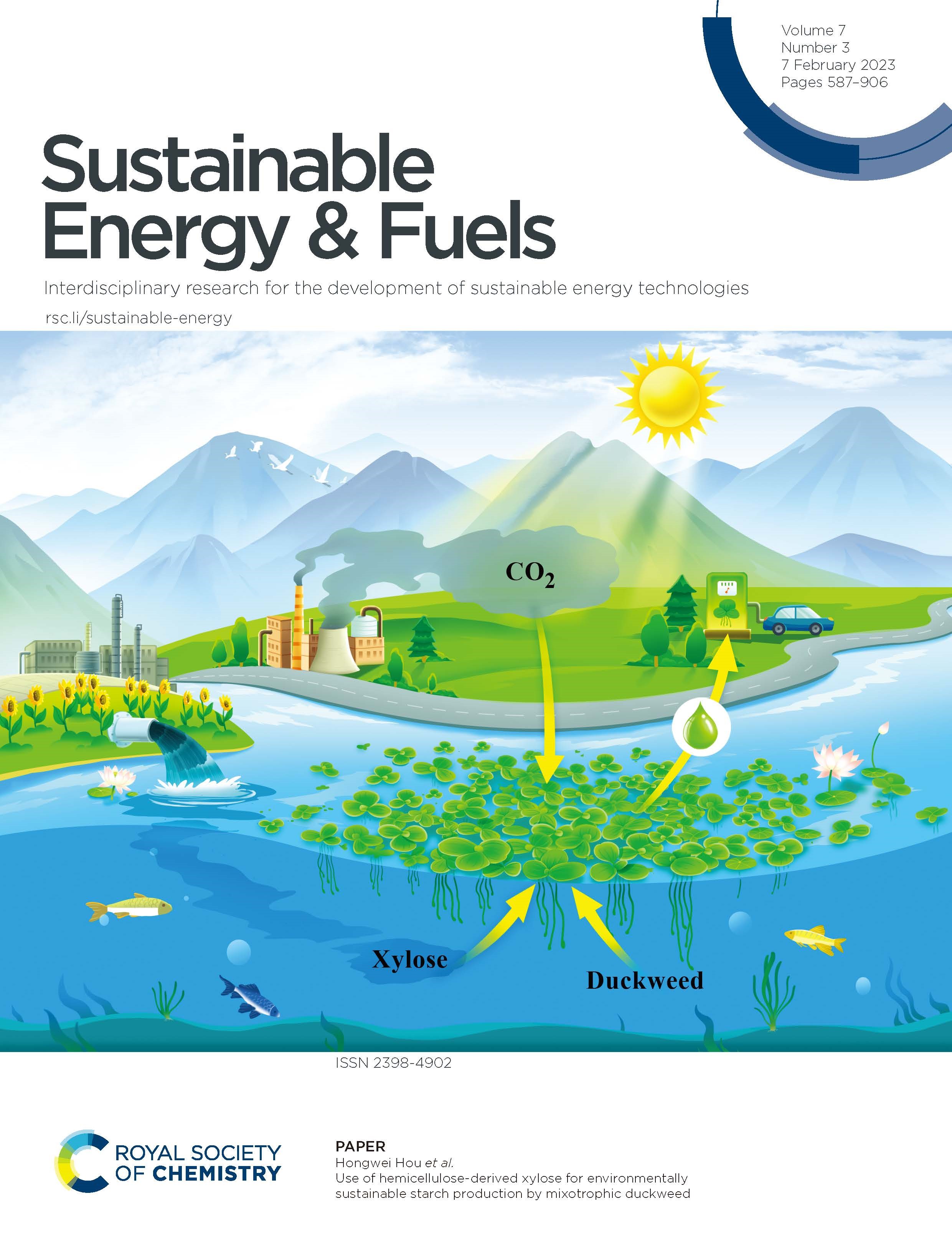Highlights
Duckweed Uses Xylose for Mixotrophy but not Heterotrophy
Photoautotrophic duckweed uses photosynthesis to fix atmospheric CO2 into organic matter, which contributes to the balance of O2 and CO2. Photoautotrophic growth, on the other hand, is limited by CO2 and light, resulting in lower growth rates and biomass. In contrast, mixotrophic duckweed can utilize both photosynthesis and organic carbon and significantly increase biomass accumulation. However, the addition of exogenous organic carbon can also increase the cost of duckweed biomass production. Therefore, economically viable organic carbon sources are needed for mixotrophic cultivation.
Xylose is the main carbohydrate of hemicellulose hydrolysis products and is abundant in waste wood feedstock from forestry and agriculture. In addition, xylose is abundant in various industrial wastewaters and can be used as a potential cheap carbon source for duckweed cultivation.
A research team led by Prof. HOU Hongwei from the Institute of Hydrobiology (IHB) of the Chinese Academy of Sciences provided growth evidence on the molecular mechanism of mixotrophic growth using xylose. This study was published as an outside front cover paper in Sustainable Energy & Fuels.
In this study, the researchers used xylose to demonstrate that duckweed can be grown in mixotrophic conditions but not in heterotrophic conditions. They also proposed that photosynthesis is necessary for xylose metabolism.
By conducting different growth and starch quantification experiments, the researchers found that xylose substantially promoted the mixotrophic growth of duckweed, with biomass accumulation increasing by 2.8-fold when compared to the photoautotrophic control group. The starch content of duckweed was also markedly enhanced by xylose treatment, with starch productivities increasing 9.7-fold over photoautotrophic conditions.

